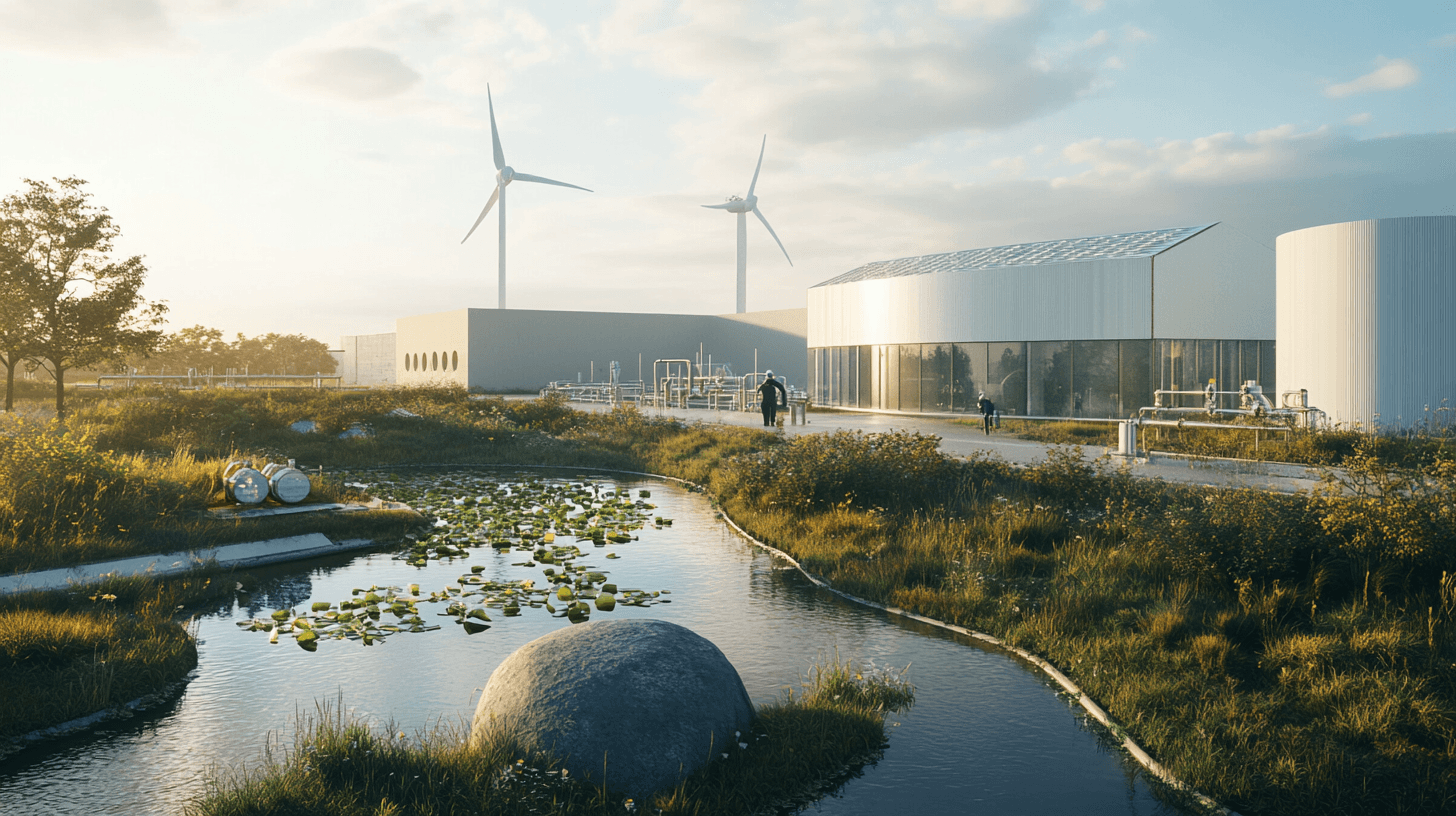According to a recent article in New Scientist, researchers from Rice University in Texas are exploring methods to recycle wastewater into valuable resources like fuel and fertiliser, transforming a waste product into a solution for energy and agriculture. This article delves into the science and implications of wastewater recycling, highlighting its potential to address critical environmental challenges.
Turning Wastewater into Resources
Wastewater contains a surprising abundance of organic materials, nutrients, and chemical compounds. By leveraging advanced technologies, scientists can extract these components and convert them into usable products. For instance:
- Fuel Production: Microbial electrochemical systems can transform organic compounds in wastewater into biofuels like hydrogen and methane. These renewable fuels could supplement traditional energy sources, reducing reliance on fossil fuels.
- Fertiliser Creation: Nutrients like nitrogen and phosphorus, often found in wastewater, can be recovered and processed into agricultural fertilisers. This approach not only reduces pollution but also addresses the growing demand for sustainable farming inputs.
Ammonia: A Key Resource from Wastewater
One of the most valuable outputs of wastewater recycling is ammonia, a critical component in agricultural fertilisers and a promising candidate for clean energy storage. By extracting ammonia from wastewater, researchers can not only reduce nitrogen pollution but also create a sustainable supply for farming and energy sectors. This dual-purpose solution addresses environmental concerns while supporting global efforts to transition to greener systems.
The Environmental Benefits
Recycling wastewater offers a dual benefit: reducing environmental harm while creating valuable resources. Traditional wastewater disposal can lead to pollution of rivers and oceans, harming ecosystems and biodiversity. Repurposing wastewater prevents this damage and provides an eco-friendly alternative to resource-intensive fuel and fertiliser production methods.
This innovation aligns with circular economy principles, ensuring that waste is not merely discarded but reintegrated into systems that support human and environmental well-being.
Challenges to Overcome
While promising, wastewater recycling faces technical and logistical challenges.
- High Costs: The infrastructure required for extracting and processing materials from wastewater is expensive, limiting large-scale adoption.
- Energy Use: Although wastewater recycling produces renewable energy, the process itself can be energy-intensive, requiring further optimization.
- Public Perception: Convincing stakeholders and communities of the safety and viability of products derived from wastewater remains a significant hurdle.
A Sustainable Path Forward
The potential of wastewater recycling to address global challenges in energy and agriculture is immense. As technologies improve and costs decrease, this innovation could play a critical role in building a more sustainable future. From biofuels powering cities to fertilisers enriching farmland, the possibilities are transformative.
Conclusion
In the quest for sustainability, wastewater recycling offers a unique and practical solution. By turning waste into fuel and fertiliser, researchers are demonstrating how innovation can bridge the gap between environmental stewardship and resource management. As adoption grows, this technology has the potential to redefine our relationship with waste, paving the way for a cleaner, greener future.
References
Karmela Padavic-Callaghan (2024). We Could Make Fuel and Fertiliser by Recycling Wastewater. New Scientist Available online. Accessed: 14 December 2024.




